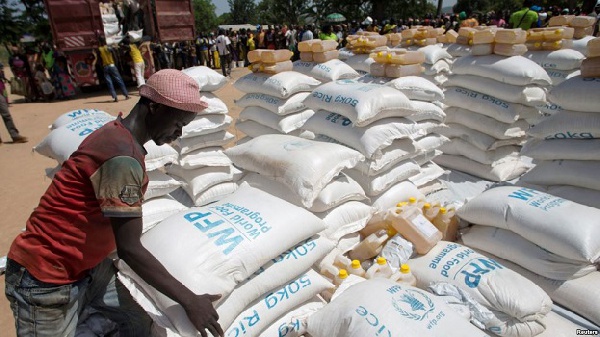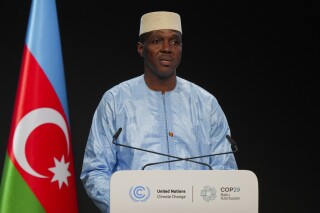
DARFUR (Sudan), Aug 3 (NNN-AGENCIES) — Famine has officially been declared in at least one refugee camp sheltering hundreds of thousands of people in the Darfur region of Sudan, food security organizations announced, a stark warning of the cost being paid by the population after 15 months of civil war.
Famine has been ongoing in the Zanzam camp near the city of El Fasher since June, according to the United Nations-backed Famine Review Committee (FRC). The camp’s population has swollen to around half a million people since the onset of the current conflict.
Official declarations of famine are exceedingly rare. The FRC’s conclusion is only its third since the monitoring system was set up 20 years ago, and its first in more than 7 years. Declarations are often issued as a clarion call to unlock more money from the international community to prevent further deaths.
Although the finding is limited to the Zanzam camp, the report warned that “many other areas throughout Sudan remain at risk of famine as long as the conflict and limited humanitarian access continue.”
El Fasher, the capital of Sudan’s North Darfur state, has for months been besieged by the Rapid Support Forces (RSF), a rebel group that took up arms against the Sudanese Armed Forces (SAF) in April 2023. The conflict has laid waste to much of the country’s capital, Khartoum, and has since swept across other regions.
The war has transformed Sudan into what the UN has called “one of the worst humanitarian disasters in recent memory.” More than 10 million people are internally displaced in the country, with more than 25 million people facing acute hunger.
Although Thursday’s report marks the first official declaration of famine, the World Food Programme (WFP) warned in May that people in Darfur had been forced to eat grass and peanut shells as the region was wracked by hunger.
The Integrated Food Security Phase Classification (IPC), which the FRC reports to, defines famine as “an extreme deprivation of food,” likely leading to starvation, death, destitution and extremely acute levels of malnutrition. A famine is declared if two adults or four children for every 10,000 people die each day due to outright starvation, or a combination of malnutrition and disease.
The last time the FRC declared a famine was in 2017 when 80,000 people in South Sudan faced famine conditions in parts of Unity State after three years of civil war. The only other declaration came in 2011 when nearly half a million people in Somalia experienced famine due to conflict, droughts and poor rain.
In Sudan, once considered a regional breadbasket, the FRC stressed that the main driver of the famine was not weather, but “conflict and lack of humanitarian access, both of which can immediately be rectified with the necessary political will.”
Another monitoring group, FEWS NET, the UN-backed Famine Early Warning Systems Network, also issued a famine declaration Thursday. Although this was also limited to the Zanzam camp, it warned famine could spread across the rest of El Fasher, which is home to an additional estimated 800,000 people.
Both groups warned the famine at Zanzam is likely to last at least until October and potentially much longer. To prevent this, the FRC urged the warring parties to “ensure the full delivery of services to mitigate the likelihood and severity of famine.”
“As the conflict is the predominant factor driving this famine, all means to reduce or resolve the underlying conflict between the parties involved in Sudan should be exhaustively explored,” it said. — NNN-AGENCIES




